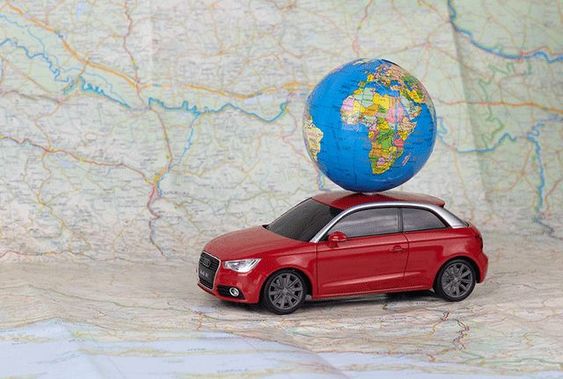Driving in a foreign country can be an exciting experience, but it’s important to be prepared and aware of the rules and regulations specific to the country you’ll be driving in. Here are some general tips to consider when driving abroad:International Driving Permit (IDP): Check whether the country you plan to visit requires an International Driving Permit. This is an official document that translates your driver’s license into multiple languages and is often required along with your regular driver’s license.Research Local Traffic Laws: Different countries have different traffic laws and regulations. Research the local rules of the road, speed limits, road signs, and driving customs to ensure you’re familiar with them before you start driving.

Insurance Coverage: Contact your insurance provider to confirm whether your existing policy covers driving in the country you’re visiting. If not, consider purchasing additional insurance to ensure you’re adequately covered.Renting a Car: If you’re renting a car abroad, make sure you understand the terms and conditions of the rental agreement. Check the vehicle for any pre-existing damage and take photos if necessary. Familiarize yourself with the car’s controls before driving.Know the Local Road Signs: Understanding local road signs is crucial for safe driving. Research and learn the common road signs and symbols used in the country you’re visiting.Stay on the Correct Side: Many countries drive on the right side of the road, but some drive on the left. Be sure you know which side to drive on before hitting the road.

GPS and Navigation: Use GPS or navigation apps to help you navigate, especially in unfamiliar areas. Make sure your navigation system is set up for your destination country.Parking Regulations: Understand the parking regulations and where it’s safe and legal to park. Some cities have restricted zones or require permits for parking.Seat Belts and Child Safety: Always wear your seatbelt, and if you’re traveling with children, research the local regulations for child safety seats.Emergency Numbers: Save local emergency numbers, such as those for the police, medical assistance, and roadside assistance, in your phone.
Fuel and Fuel Types: Familiarize yourself with the fuel types available in the country and the appropriate fuel for your rental car.

Adapt to Local Driving Styles: Observe how locals drive and adapt to their driving style. This can help you navigate safely and predictably.

Leave a Reply